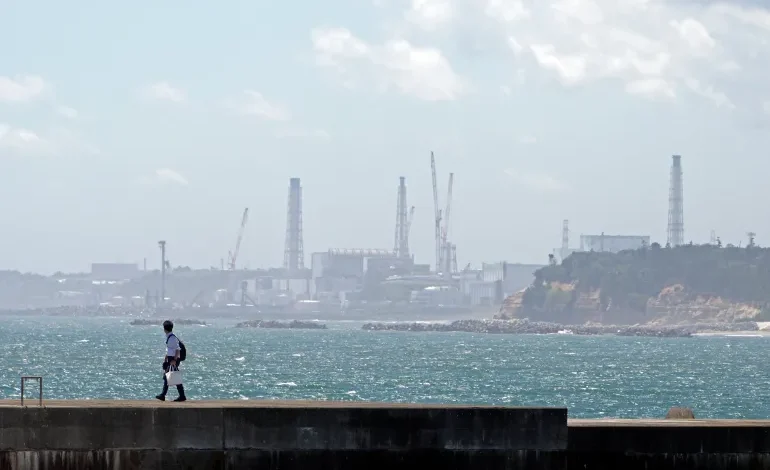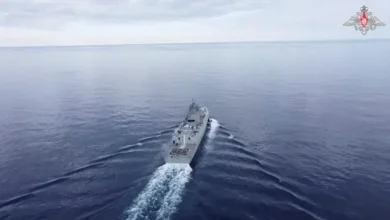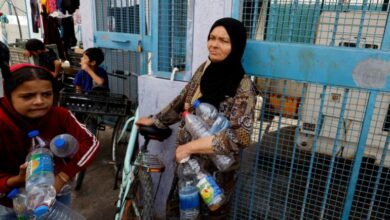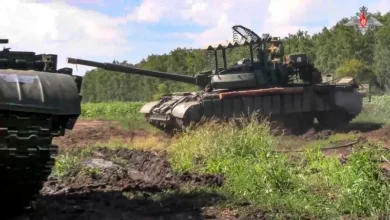As Japan releases more Fukushima water, what about the rest of the plant?

Before the 2011 tsunami inundated Ukedo elementary school’s classrooms, the ocean was central to the school’s identity.
In the summer, pupils would run down the 300-metre path to the beach, splitting up into groups to see who could make the best animals out of sand. Every year, students also painted local fishermen’s boats, a tradition that resonated strongly in Namie town, where many parents worked in the fishing industry.But when a magnitude 9.0 earthquake, a subsequent tsunami and a nuclear disaster brought devastation to Japan’s northeastern Tohoku region, that all changed, Shinichi Sato, a teacher who taught at Ukedo elementary school, told Al Jazeera.
“For years after the disaster, we weren’t allowed to teach lessons outside, in fear that kids would touch radioactive soil,” Sato said. The threat of radioactive contamination loomed large for Sato, his fellow educators and the 94 students who could never return to their beloved seaside school.
Now 12 years after the 2011 triple disaster, people have begun returning. While the vitality of the past remains elusive, Sato clings to the hope that the eventual decommissioning of the badly damaged Fukushima Daiichi nuclear plant might entice people back.
“I hope that the plant is decommissioned properly and shows people that this is a safe place to return to,” he said.
Japan has promised to decommission the power station as part of its recovery plan for Namie town and the rest of Fukushima prefecture. The plant’s six reactors suffered catastrophic damage, after the tsunami smashed into the complex, crippling the plant’s cooling systems. As radioactive material leaked from the site, 470,000 people were forced to evacuate.
But while the plant had been rendered useless, progress towards its decommissioning has been slow.
Complex challenge
According to Tokyo Electric Power Company (TEPCO), the plant operator, that is partly because of the accumulation of 1.3 billion tonnes of treated radioactive wastewater that was used to cool the three reactors that were in operation at the time of the disaster.
The 1,000 or so blue and white tanks to store the water have taken up space needed for decommissioning, according to TEPCO, which has had to contend with strong criticism from local fishing communities and neighbouring countries like China, which have continued to protest against Japan’s plan to discharge the water into the ocean.That process began on August 24, after receiving the green light from the International Atomic Energy Agency.
The second phase of the discharge begins on October 5, and TEPCO says it expects to have released 31,200 tonnes of water by next March.
That represents just 10 of the tanks on the site because wastewater will continue to be produced as long as the melted fuel remains in the reactors.
It is an indication of just how complex a challenge Japan is facing.Japan has not yet worked out where all the waste will go.
TEPCO is planning to reduce some of it through incineration or recycling onsite, but that does not include the waste that will be produced from the dismantling of reactor buildings, and there is no estimate for how much radioactive waste there will be as the process moves forward.
To decommission the Daiichi plant, TEPCO must first remove the spent fuel and the fuel debris that is stuck inside the damaged units. Experts will then place the collected debris in storage containers before they can transport it to a new facility that will be built onsite.
The reactor buildings must also be dismantled.
Later this year, TEPCO will carry out a trial removal of melted debris from Unit 2. The retrieval will be expanded in stages if successful.
By 2027, plant operators hope to be able to turn their attention to Unit 1, the most seriously damaged of the reactors, which they plan to enclose with a large cover.










